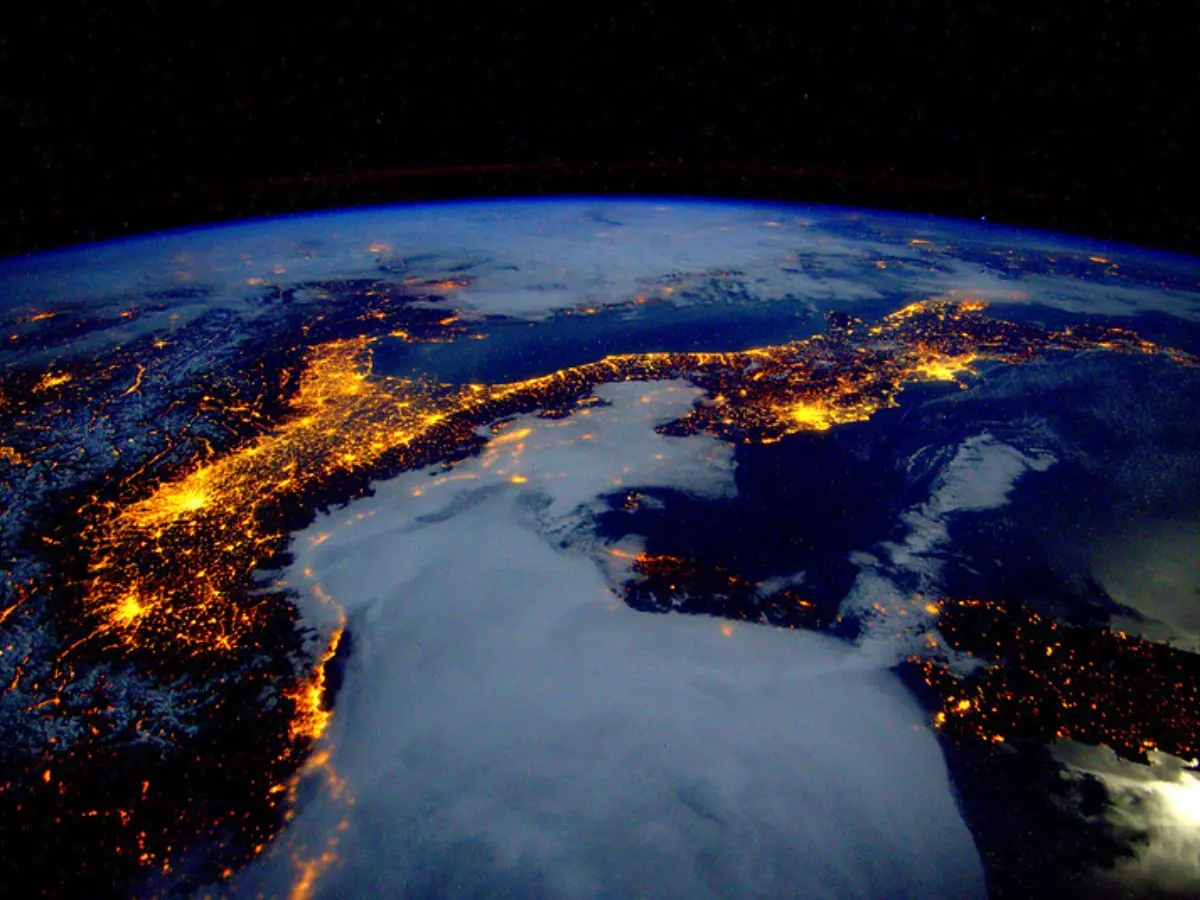Scientists Want To Try Cooling Earth by Dimming Sunlight But It Could Be "Risky": Here's Why
The chemical composition of the ozone layer and oceans may be permanently altered. Photosynthesis, which depends on sunlight, may slow down, possibly harming biodiversity and agriculture. And global weather patterns could change unpredictably.

There are no second thoughts about the urgent need to cool Earth right now more than ever. If we want to prevent the worst effects of global climate change, we probably need to stop burning fossil fuels. But in the meantime, scientists look to technological solutions like geoengineering to lighten the load on the Earth.
A group of 60 scientists called for a moratorium on solar geoengineering last month, including technologies such as stratospheric aerosol injection (SAI). This would mean cooling the Earth by dimming the sunlight.
Let's understand this in depth.
 iStock
iStock
What is geoengineering?
The prospect of engineering the world¡¯s climate system to tackle global warming is called geoengineering. One of the technologies associated with the method of geoengineering is called stratospheric aerosol injection (SAI).
This involves a fleet of aeroplanes releasing aerosol particles ¨C which reflect sunlight back to outer space ¨C into the atmosphere, cooling down the Earth.
Why is it worrying the experts?
SAI might make the sky slightly whiter. But this is the least of the concerns of our experts.
 Uncredited
Uncredited
A cooler Earth means less water would be evaporating from its surfaces into the atmosphere, changing rainfall patterns. This could produce ripple effects across the world¡¯s ecosystems ¨C but the exact nature of these effects depends on how SAI is used.
How can it affect us and our ecosystem?
Poor coordination of aerosol release could lead to extreme rainfall in some places and blistering drought in others, further triggering the spread of diseases.
SAI could also make natural catastrophes worse than they currently are. A volcanic eruption, like that of Iceland¡¯s Eyjafjallaj?kull volcano in 2010, could naturally cool the Earth as plumes of ash block sunlight from reaching the planet¡¯s surface.
If this happened while SAI was deployed, it would have to be urgently adjusted (not an easy feat) to avoid overcooling one hemisphere and producing extreme weather patterns as a result.
 Getty Images
Getty Images
Further, the chemical composition of the ozone layer and oceans may be permanently altered. Photosynthesis, which depends on sunlight, may slow down, possibly harming biodiversity and agriculture. And global weather patterns could change unpredictably.
Who are these experts?
A coalition of over 60 academics wrote in an open letter that this needs to be stopped.
The academics who signed the open letter and article released in the WIREs (Wiley Interdisciplinary Reviews) Climate Change online publication on January 17 includes award-winning author Amitav Ghosh; Dirk Messner, the president of the German Environment Agency; Cambridge University climatologist Mike Hulme; and ?sa Persson, the Stockholm Environment Institute¡¯s research director.
 File
File
¡°Some things we should just restrict at the outset,¡± said one of the open letter¡¯s lead authors, Aarti Gupta, a professor of Global Environmental Governance at Wageningen University. Gupta placed solar geoengineering in the category of high-risk technologies, like human cloning and chemical weapons, that need to be off-limits. ¡°It might be possible to do, but it¡¯s too risky,¡± she told Mongabay in an interview.
What should be done next as per experts?
Despite the potential dangers, no mechanism exists today to stop an individual, company or country from launching a solo mission, said Gupta. To prevent this, the open letter suggests five urgent protective measures: no outdoor experiments, no implementation, no patents, no public funding, and no support from international institutions such as the United Nations.
 (Representative Image: Reuters)
(Representative Image: Reuters)
If done, what challenges will the process pose?
To offset global warming caused by carbon emissions, an artificial aerosol particle shield would need to be continuously replenished over several decades, running contrary to a goal of the United Nations Framework Convention on Climate Change to prevent ¡°dangerous human interference with the climate system.¡±
If stopped abruptly, the protective aerosol cloud¡¯s masking cooling effect would quickly abate allowing all the accumulated greenhouse gases in the atmosphere to hit the planet in one rush. Global temperatures could suddenly skyrocket four to six times faster than recent climate change, according to a 2018 Yale study published in Nature Ecology & Evolution.
 File photo
File photo
¡°How can we give a guarantee to future generations that our governance systems are so robust that there would be no termination shock?¡± questioned Gupta.
According to the policy experts who issued the open letter, international consensus spanning several generations is simply not democratically feasible among all the world¡¯s governments.
For more on explainers, news and current affairs from around the world, please visit Indiatimes News.
